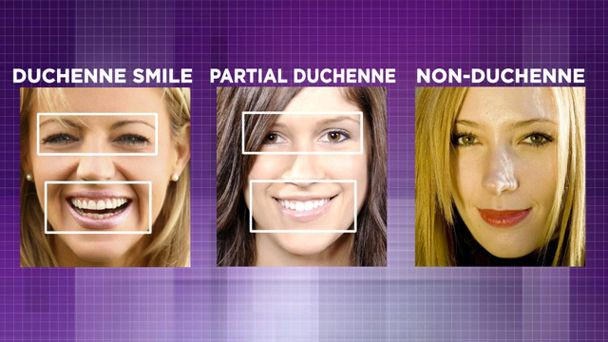Duchenne Smile Associated With Positive Emotions, Which Helps People Make New Friends

Smile if you want to make new friends, says new research published in the journal Motivation and Emotion.
Prior research has shown a genuine smile leads others to believe you’re trustworthy, even intelligent and attractive. It’s a positive emotion, and people register positive emotions, more so than negative emotions, when forming new bonds. So to better understand these emotions when it comes to new social bonds, researchers from the University of California, Irvine conducted one study on couples and one on single women.
In the first study, 66 couples were tested on their positive emotions while couples were being teased or reflecting on their past relationships. And in the second study, 91 women watched six emotional film clips with either a roommate or a stranger.
The results showed couples could accurately track their partners’ positive emotions, while women in the second study felt closer to strangers displaying positive emotions. Overall, participants in both studies were more aware of one another’s positive emotions — and when situations had friendship potential, participants were more attuned to positivity than negativity.
“Our findings provide new evidence of the significance of positive emotions in social settings and highlight the role that positive emotions display in the development of new social connections,” Belinda Campos, lead researcher, said in a press release. “People are highly attuned to the positive emotions of others and can be more attuned to others' positive emotions than negative emotions.”
Campos added it’s a certain kind of smile that displays positive emotions, called the Duchenne smile. It’s a “distinct smile that involves the simultaneous movement of two facial muscles around the eyes and cheeks, and is primarily produced when people are sincere and happy.” What’s more is Campos believes people “are very much aware” when someone is flashing a Duchenne, or genuine, smile versus a fake smile.

Psychology Today reported the muscles contracting are the zygomatic major (raising the corners of the mouth) and the orbicularis oculi (raising the cheeks enough to produce crow’s feet around the eyes). The fake smile is called the “Say Cheese” smile, where people only contract the zygomatic major, since they can’t voluntarily contract the orbicularis oculi.
Apparently, our brain controls these two types of smiles; the Duchenne smile is controlled by the limbic system, or the emotional part of our brain, while the “Say Cheese” smile is controlled by the motor cortex.
“When a patient with damage to the motor cortex on the brain's left hemisphere attempts to smile, the smile is asymmetrical, with the right side of the smile not moving as it should,” Today reported. “However, when that same patient spontaneously laughs, the smile is normal with no asymmetry. This means that the genuine smile is controlled by some other part of the brain.”
Source: Campos, B. et al. Attuned to the positive? Awareness and responsiveness to others' positive emotion experience and display. Motivation and Emotion. 2015.



























